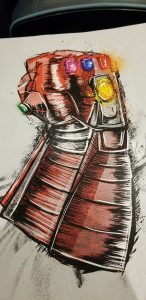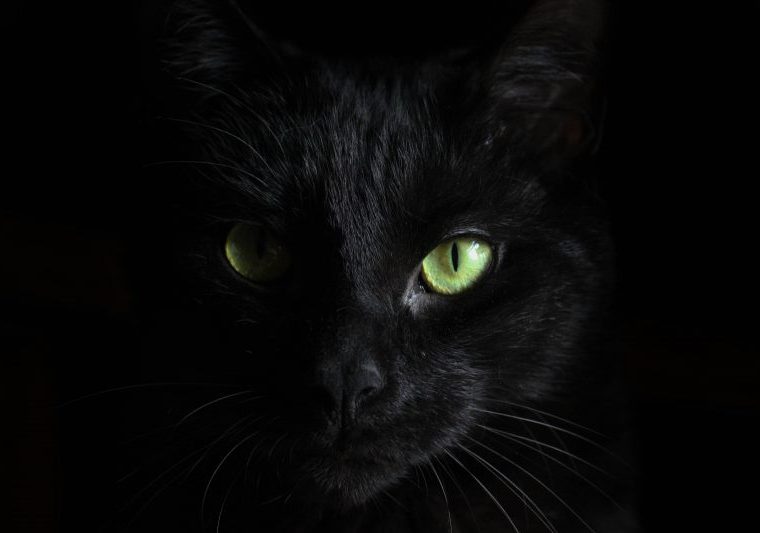
Copyrighting Plants
One of my favorite quotes goes something like this, “always be yourself, unless you can be Batman, then be Batman.” Well, when it comes to copyrighting noxious weeds, I would rather be Batman.
Copyright Lawsuit
In what appears to be a jack in the beanstalk inspired suite, in a recent Copyright Case, a New Mexico artist Bale Creek Allen sued the Batman actor, Val Kilmer, for stealing his golden weeds. Specifically, tumbleweeds. The artist claims that the Batman actor stole the inspirational story behind his artwork and sold golden covered tumbleweeds. Mr. Allen claimed that his copyright registration covered is copyrighted plants along with the concept of golden covered tumbleweeds. However, the golden covered tumbleweeds sold by Kilmer were not created by the artist, just the idea of covering the tumbleweeds in gold. Now, I can think of a lot of potential copyright issues between Batman, actors, artists and art galleries. Golden weeds would not make the top of my list. I am not sure it would make the bottom of my list.
Batman was visiting an art gallery in Santa Fe, New Mexico where he saw the gold covered tumbleweeds. After seeing the tumbleweeds, the actor contacted the artist by phone and asked him some questions about his artwork. After the discussion, the actor did not purchase one of the golden tumbleweeds. Instead, Kilmer decided to make his own golden tumbleweed. After finding out that Kilmer was selling his own golden tumbleweeds, the artist sued the actor for copyright infringement. The lawsuit is just beginning.
Copyright Law
Copyright covers original works of art in a tangible form of expression. This includes visual, textual, literary, musical, pictorial and architectural works. Copyright law is designed to protect original works of authorship, such as literary, dramatic, musical, and artistic works. Plants, being living organisms, do not fall under this category. Instead, there are other forms of intellectual property protection specifically designed for plants such as plant patents, design patents, trademarks,
Copyright Law generally protects artist from the unlawful copying of their artwork. Copying can be shown by direct evidence of the copying. Copying can also be shown by substantial similarity and access to the original work. In both cases, it must be alleged that the work was unlawfully copied, reproduced, performed, distributed, displayed or derived. Copyright Law does not protect machines, inventions, processes, ideas or works of art which are independently created.
While I am not sure what the court will do, I suspect the case won’t go well for the artist. This is based in part on the fact that Copyright Law doesn’t protect against independent creation and doesn’t cover ideas of creating artwork. Copyright protects against use of the original artwork, not against use of an idea of an original work of art. In all fairness, there may be other facts which aren’t yet developed or indicated in the complaint which may help the artist. While I typically chose the side of the artist, in this case, I am choosing the side of Batman.
If you have questions about Batman, Copyright Law or a Copyright lawsuit, please contact one of our attorneys to schedule a meeting.


